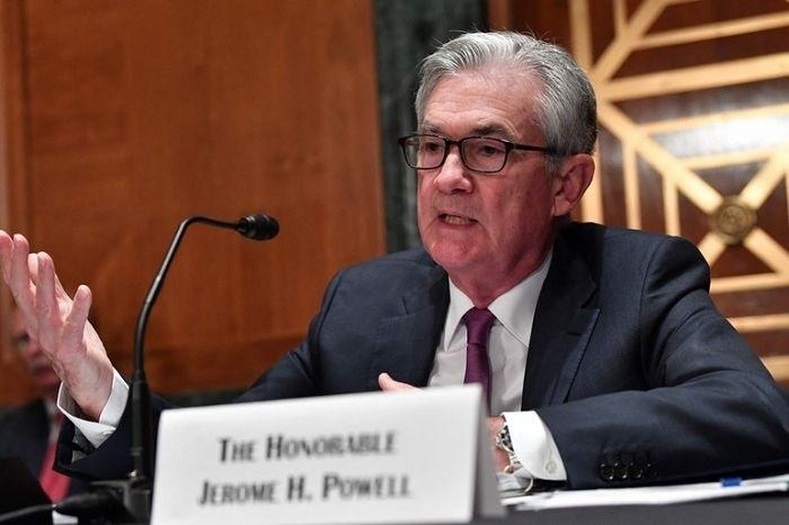What is the “new normal” for inflation and interest rates?
What is clearly far more uncertain is the level of the “new normal” for inflation and rates.

The Fed still puts the long-term neutral policy rate at 2.5%; a level that it has stuck with since June 2019.
>> Major central banks are close to end tightening cycle
Developed economies are still in the process of transitioning away from the ultra-low inflation, policy rates and bond yields that the years, decades even, up to 2021. These transitions, or regime changes, are never easy and the danger of overshooting, with significant spillover costs, cannot be ignored.
The surge in inflation, policy rates and now bond yields is not a temporary phenomenon related to the disruption of supply chains from the pandemic and the rise in energy prices caused by the war in Ukraine. These things undoubtedly magnified and speeded up the transition to higher inflation and higher rates but the root causes lie in longer-term structural trends which we have spoken about both before the pandemic and subsequently. These trends include deglobalisation, demographic change and climate change.
They all, as former BIS Chief William White puts it, mean that an era of excess supply is evolving into an era of deficient supply. And that means higher inflation and higher rates than prevailed before. In labour markets, for instance the excess labour supply caused by both China’s rapid urbanisation and integration into the global trading system, alongside the move into working age for so-called baby boomers, supressed wages. But now this is over, not just because of the pandemic, but due to a longer-term structural change in both demographics and the move towards deglobalisation.
The previously abundant supply of labour and its relatively low cost meant that global investment was low and this created an excess supply of savings that found its way into asset prices causing what many called the “everything bubble” in stocks, bonds and more. But now investment will have to rise. That’s not just because labour is scarcer, but also because solutions will have to be found to climate change and supply-chain reorientation and these will inevitably require higher investment. As this need for higher investment buts up against a weaker savings outlook caused by the demographics of rapidly ageing populations, so the price is likely to be higher interest rates that prevailed prior to the pandemic.
The likelihood that the days of ultra-low inflation, zero rates, continual quantitative easing and super-low bond yields in developing countries is over may not be too controversial. What is clearly far more uncertain is the level of the “new normal” for inflation and rates. And this uncertainty is likely to mean that there’s lots of scope for overshooting when it comes to policy rate hikes and yield increases simply because policymakers and financial markets, even more so, have a tendency to do this when there is perceived to be a regime change.
>> How Vietnam handles the FED's high interest rates
We often see this overshooting in stocks, particularly the NASDQ index in the US when a new technology is believed to herald regime change, just like AI has done in the past year, or so. These rallies are usually powerful when such change occurs, but they also tend to overshoot. It is the same on a global scale in Standard Bank’s view, except here the regime change is a negative one, not a positive one.
Have policymakers accepted this change? That’s hard to say. The Fed, for instance, still puts the long-term neutral policy rate at 2.5%; a level that it has stuck with since June 2019. This suggests that the Fed, at least, may be reticent to believe that big changes are afoot. Perhaps that’s not too surprising; after all inflation is coming back down and, next year the Fed expects to be able to cut rates. But if this does happen, as we think it will, we do see a danger that policymakers and financial markets are hoodwinked into thinking that all of this surge in inflation, policy rates and yields is just a temporary interruption to the longer-term outlook for low inflation, low policy rates and low yields.
Instead, the coming years, even decades, are more likely to see much higher inflation and rates than we saw in the pre-Covid years and hence the current fall in inflation and subsequent rate cuts will likely prove temporary.








